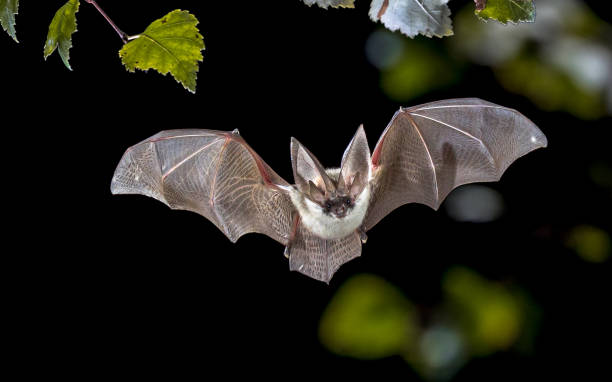Decoding the Mysterious Lives of Bats: An In-depth Study
Bats, often misunderstood and feared, are fascinating creatures with a rich history and a role in our ecosystem that cannot be overlooked. With over 1,400 species, they represent one of the most diverse mammal groups. This article delves into the mysterious world of bats, presenting an up-to-date perspective on their history, characteristics, and significance in our environment.

A Historical Perspective on Bats
Bats have been part of our world for millions of years, with the oldest fossil evidence dating back nearly 52 million years. Their evolution is a testament to their adaptability and survival. Interestingly, ancient cultures held various beliefs about bats. In Chinese culture, they were symbols of good luck, while in Western cultures, they were often associated with darkness and the supernatural.
The Unique Characteristics of Bats
Bats are the only mammals capable of sustained flight, setting them apart from other species. They have adapted to diverse habitats, from deserts to rainforests. Some bats have diets consisting of insects, while others are frugivores or nectarivores. The infamous vampire bats feed on blood. Bats also have remarkable echolocation abilities, which they use for navigation and hunting.
The Role of Bats in the Ecosystem
Bats play a crucial role in maintaining balance in our ecosystems. Insectivorous bats help control pests, reducing the need for pesticides. Fruit and nectar-eating bats assist in pollination and seed dispersal, contributing to biodiversity. Despite their importance, bats face numerous threats, including habitat loss, diseases like white-nose syndrome, and climate change.
Bats and Human Health: An Emergent Topic
Bats have gained attention in recent years due to their connection with zoonotic diseases, including COVID-19. Bats’ unique immune systems allow them to harbor viruses without falling ill. Research into these mechanisms could potentially provide insights into human health. However, it is crucial to remember that bats are not to blame for disease transmission; human activities and encroachment into wildlife habitats are significant contributing factors.
Market Impact and Conservation Efforts
The estimated economic value of bats in agricultural pest control is in billions annually. However, the bat population’s decline could have severe repercussions. Efforts are being made worldwide to conserve and protect bats, including habitat preservation, public education, and legislative measures.
In conclusion, bats are complex, intriguing creatures that hold immense importance in our world. By deepening our understanding and appreciation of bats, we can work towards their conservation and co-exist harmoniously with these night-time flyers.




